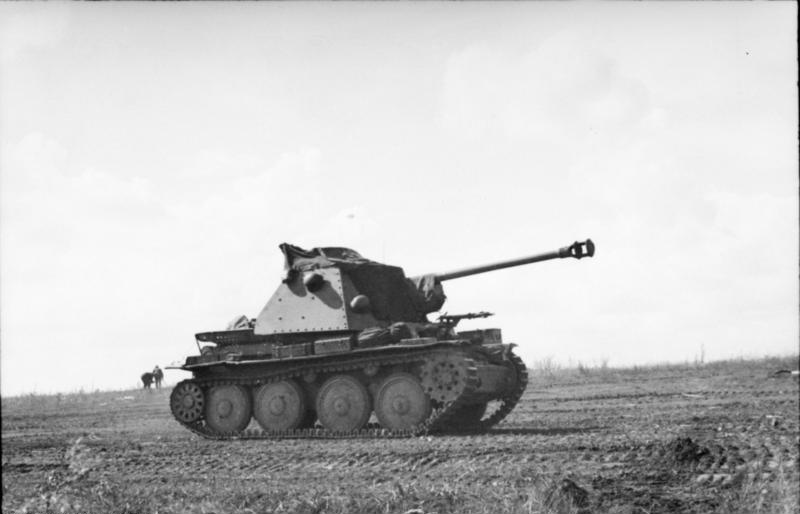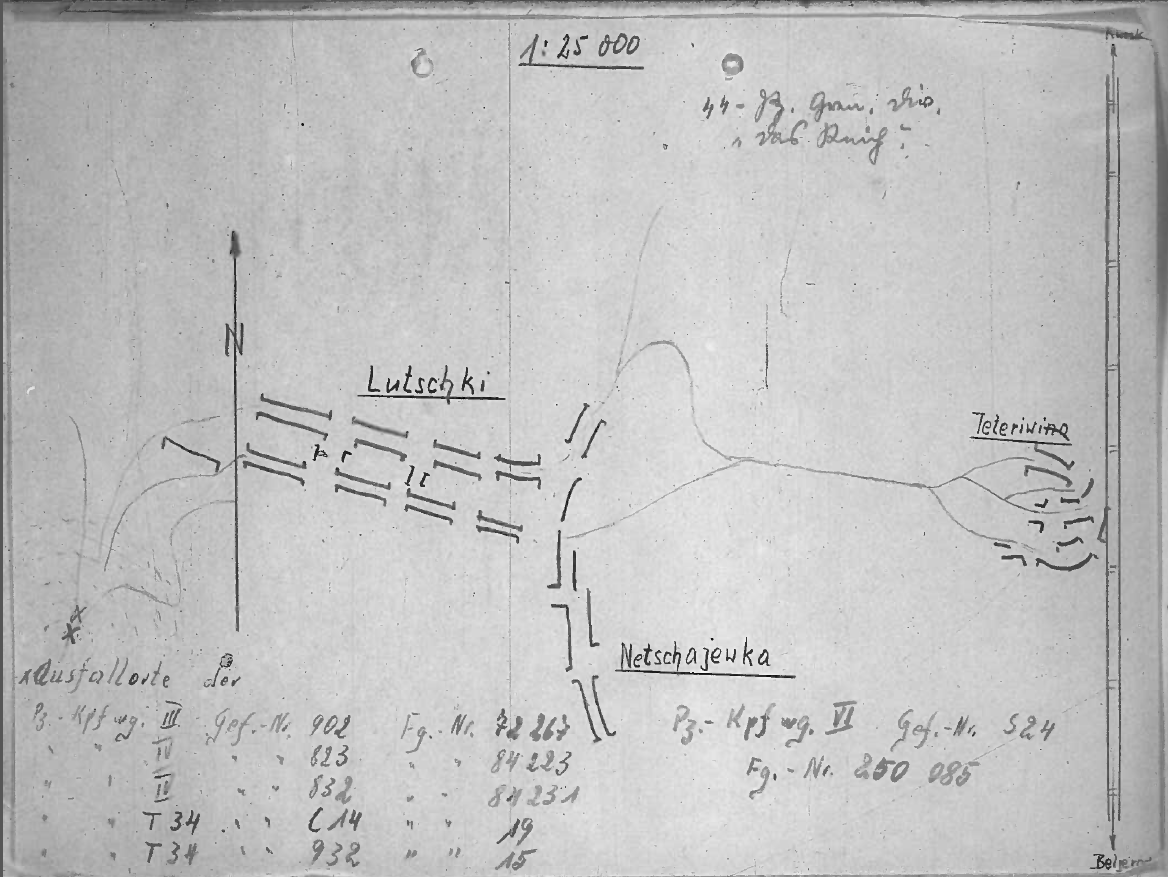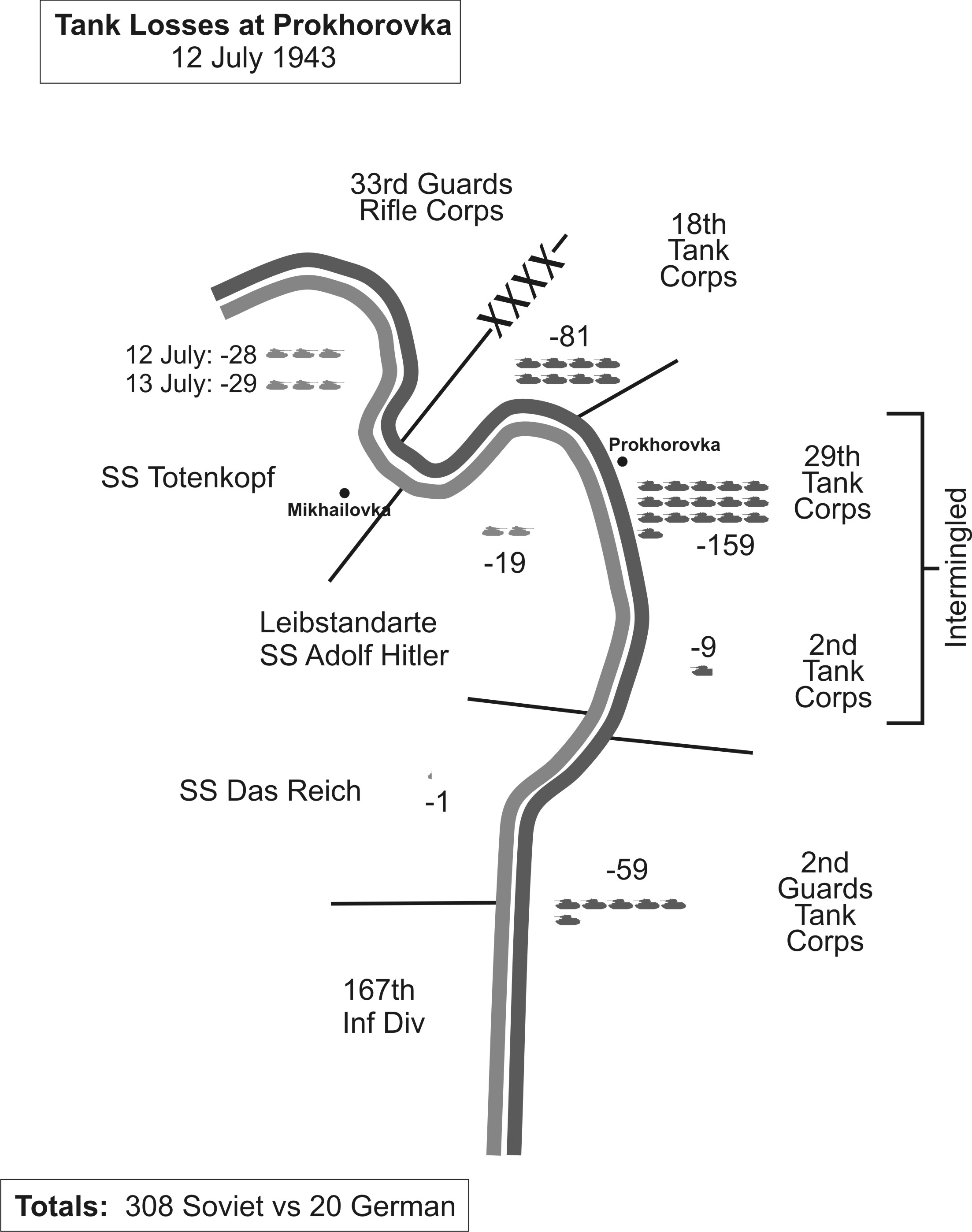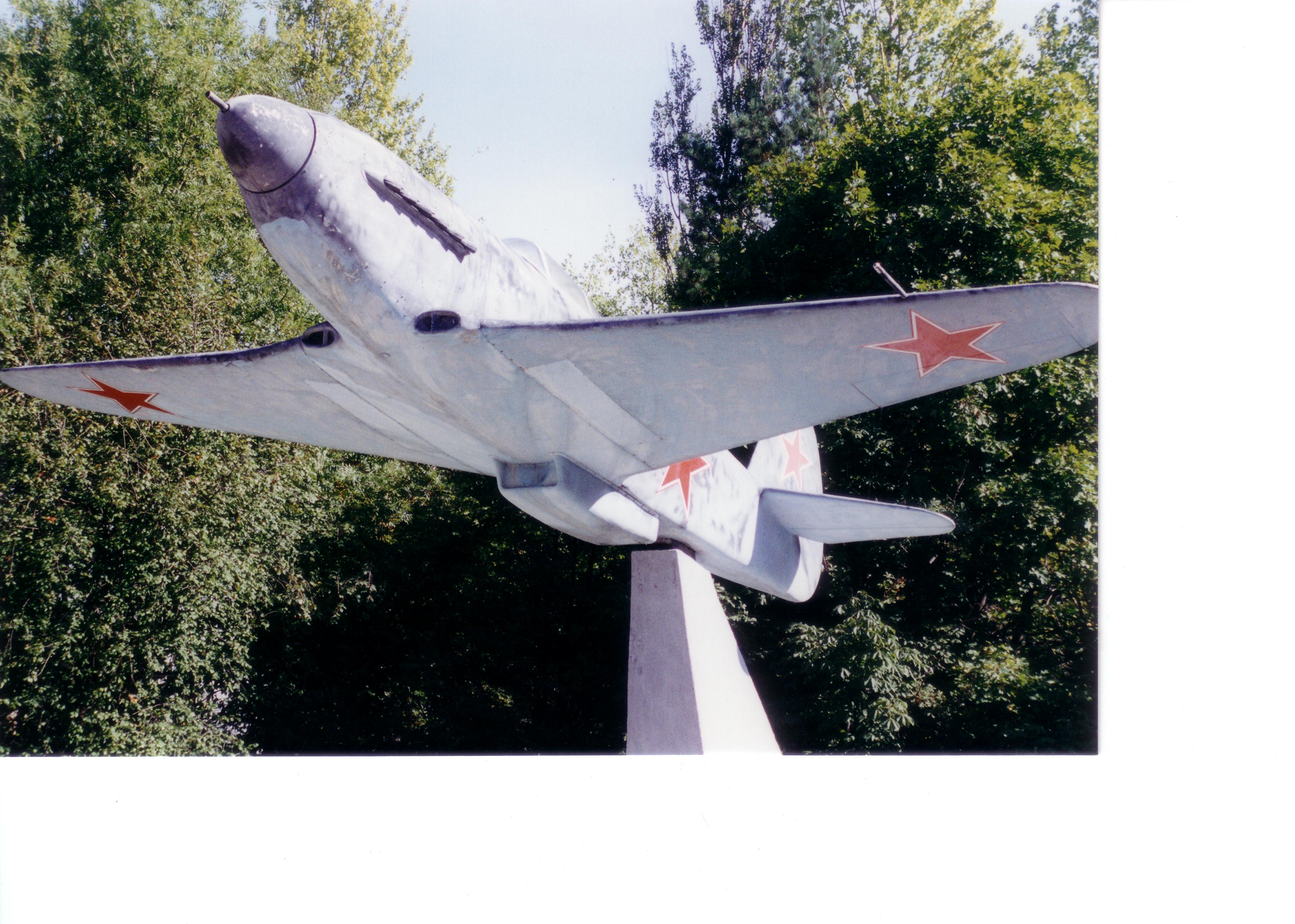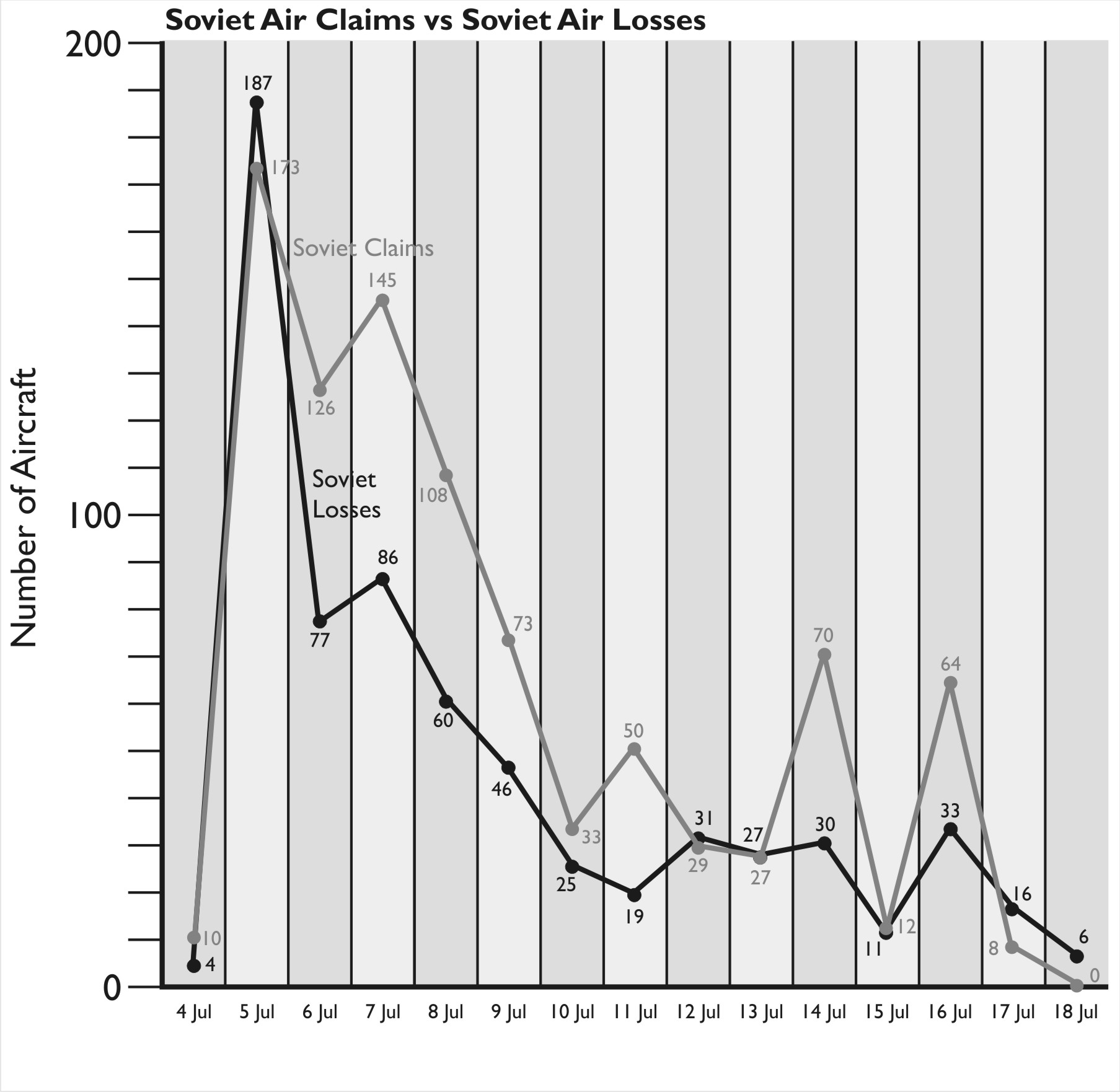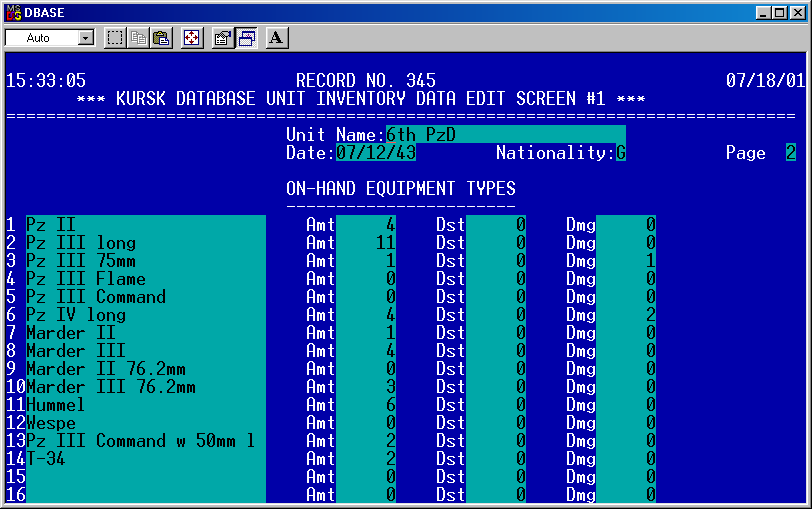
Just to state the obvious, Prokhorovka was not just a tank battle. While the Soviets attacked without proper air or artillery support, the Germans did have that. The Germans had a lot of antitank weapons they could bring to bear. Let us look at the inventory on the evening of the 11th for the LSSAH Division (this listing does not include small arms):
MMG: 136
28/20 AT: 0
50mm AT: 35
75mm AT: 16
81mm Mortar: 67
75mm lt IG: 15
150mm hy IG: 0
105mm Howitzer: 15
150mm Howitzer: 12
105mm Gun: 4
150mm Launcher: 6
210mm Launcher: 6
20mm AA (towed): 26
20mm AA (SP): 24
20mm AA x 4 (SP): 11
37mm AA (SP): 10
88mm AA: 10
.
Pz I: 2
Pz II: 4
Pz III short: 1
Pz III long: 4
Pz III Observation: 8
Pz III Command: 7 (most were armed)
Pz IV Long: 47
Pz VI: 4
StuG III: 10
Marder III: 10
Hummel: 5
Wespe: 12
Grille: 12
Marder II 76.2mm: 1
Pz IV Munitions: 1
.
AC 4w MG (221): 4
AC 4w 20mm (222): 7
AC 4w MG (223): 5
AC 8w 20mm (231): 1
AC 8w 20mm (232): 4
AC 4w (261): 10
AC 8w MG (263): 0
AC 4w (247): 1
.
LHT (2501/1): 25
LHT (250/3): 22
LHT 81mm Mortar (250/7): 4
LHT 37mm AT (250/10): 3
LHT 20mm (250): 8
MHT (251/1): 26
MHT 81mm Mortar (251/2): 4
MHT (251/5): 1
MHT (251/7): 9
MHT (251/6): 1
MHT (251/8): 4
MHT 75mm Lt IG (251/9): 4
MHT 37mm AT (251/10): 7
LHT (252): 4
LHT (250/5): 6
LHT (253): 4
MHT (251): 5
LHT (250/4): 3
.
Bridge Set J: 1
Bridge Set H: 1
.
Source: Kursk Data Base, TDI copy.
So, they had:
Antitank guns (including 37mm AT) and 88mm Flak: 71
Tanks 50mm and greater (including Marders): 84
Artillery pieces and rockets (105mmm or larger): 72
Miscellaneous stuff that goes boom (37mm AA, 75mm lt IG, 81mm Mortars): 104
.
Now that is over 200 serious tank killing weapons not counting the “miscellaneous stuff.” If one is in a defensive position facing an attack coming across open ground, there is a lot of damage that can be done.
Oh and they also had air support. Now we really don’t know how much air support they had. It was reported that at 0910 (Berlin time), the VIII Air Corps notified the SS that it had dispatched two Stuka groups. The Germans flew 398 ground-attack type sorties this day of which 150 were Stuka sorties. As they were supporting five German corps, not all of these missions went to the SS Panzer Corps. In my engagements sheets (pages 954-959 of Kursk and 345-352 of Prokhorovka), I have the T SS PzGrD with 94 supporting sorties, the LSSAH PzGrD with 131 supporting sorties + 24 Soviet fratricidal sorties, the DR SS PzGrD with 57 supporting sorties and the 167th Infantry Division with 92. Of course, these are very rough guesstimates.
They also had some support from “friendly fire” cases where at 1300 Soviet assault aircraft (Il-2s) attacked the 32nd Tank Brigade (XXIX Tank Corps) and 170th Tank Brigade (XVIII Tank Corps). The II Guards Tank Corps was also attacked by Soviet aircraft (see Prokhorovka, page 338).
The Totenkopf and Das Reich SS Divisions were similarly equipped. So, there were a lot of weapons there.

